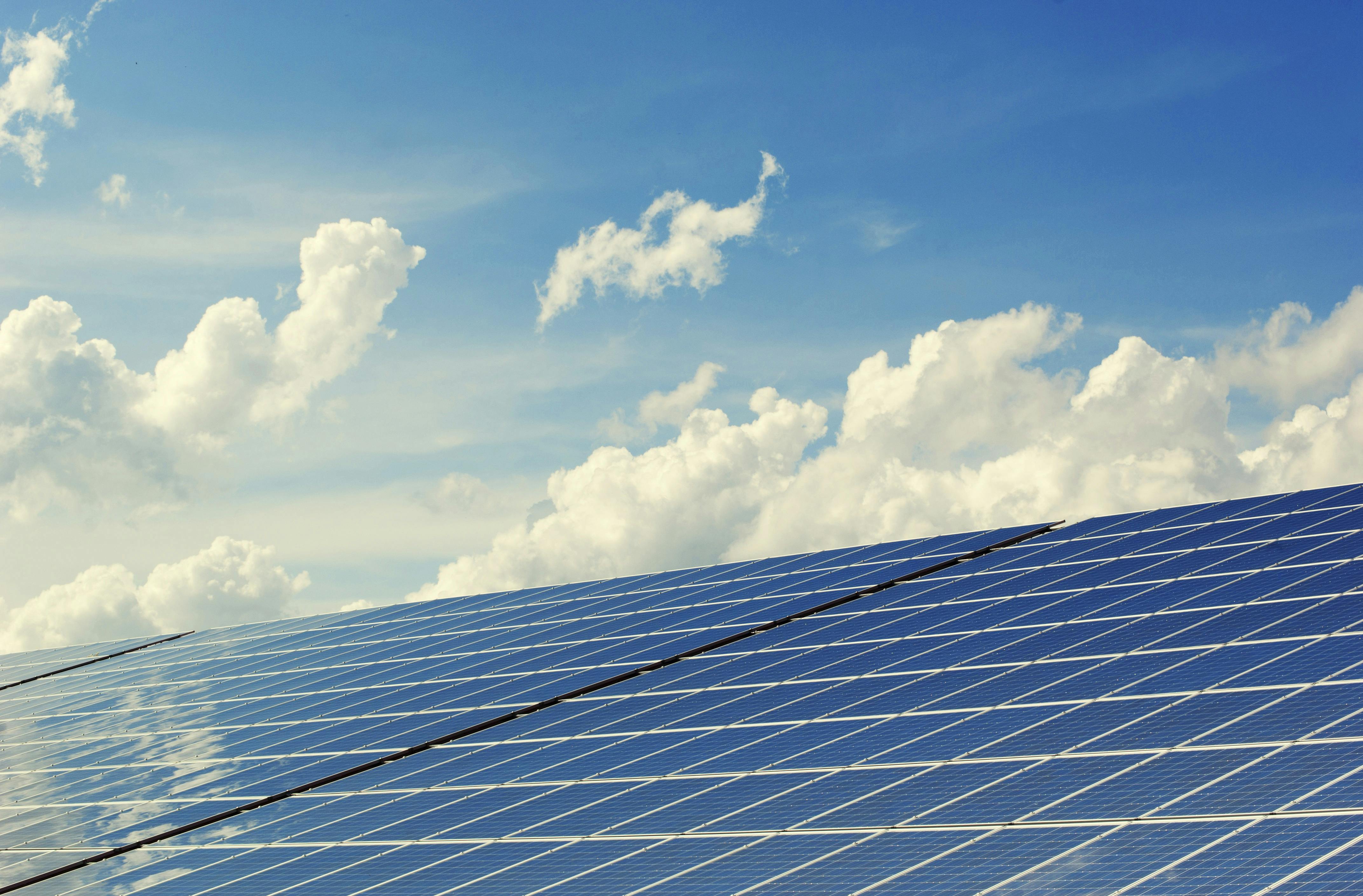Unveiling the Unseen: The Rise of Invisible Solar Panels
From the earliest solar-powered calculators to the modern solar panels adorning rooftops, the evolution of solar technology has been a fascinating journey. But what if we told you that the future of solar energy might just be invisible? The idea of transparent solar panels has been circulating in the tech world for a while. Traditional solar panels are bulky and visually obtrusive, limiting their use in many applications. The dream was to develop a solar panel that's as clear as glass, capable of being integrated into windows, phone screens, and even eyewear, without compromising aesthetics.

The initial attempts to make transparent solar panels were not very successful. They lacked efficiency, were expensive, and often had a noticeable tint. However, recent advances in nanotechnology and materials science have paved the way for a new generation of transparent solar cells that are efficient and truly invisible.
The Latest in Transparency: Today’s Invisible Solar Cells
Invisible solar panels, also known as transparent photovoltaic cells, have made significant strides in the past few years. Researchers have managed to create solar cells that can harness the power of invisible light waves. These cells utilize organic molecules that absorb ultraviolet and infrared light waves, which are invisible to the human eye, while allowing visible light to pass through.
The University of Michigan has developed an invisible solar cell prototype that achieves 8% efficiency and is 50% transparent. While this efficiency is significantly lower than traditional solar panels, which average around 20% efficiency, the sheer potential number of applications for transparent solar cells more than makes up for the lower efficiency.
The Price and Market Potential of Invisible Solar Cells
Current estimates for the cost of invisible solar panels are still somewhat speculative, as the technology is not yet commercially available. However, the potential market for such a product is enormous. Transparent solar cells could be integrated into virtually any clear surface, from the windows of buildings and cars to the screens of smartphones and laptops.
The global market for solar power is projected to reach $223.3 billion by 2026. If transparent solar panels can capture even a small percentage of this market, the financial impact would be significant.
The Bright Future of Solar Technology
The development of invisible solar panels represents a major leap forward in solar technology. While the technology is still in its early stages, the potential applications are vast. We could see a future where every glass surface is a potential source of clean, renewable energy.
These invisible solar cells could transform the way we power our world, making solar energy more accessible and integrated into our everyday lives. It’s an exciting time for renewable energy and a clear indication that the future of solar is bright—and surprisingly transparent.
Writing about invisible solar panels is like trying to describe the unseen; it’s a challenging task, but one that’s incredibly exciting. This is a field that’s evolving rapidly, and it’s a thrill to be able to bring you the latest developments. From the first solar-powered calculators to today’s transparent solar cells, we are witnessing a revolution in the way we harness the sun’s energy. And the journey is just beginning.





